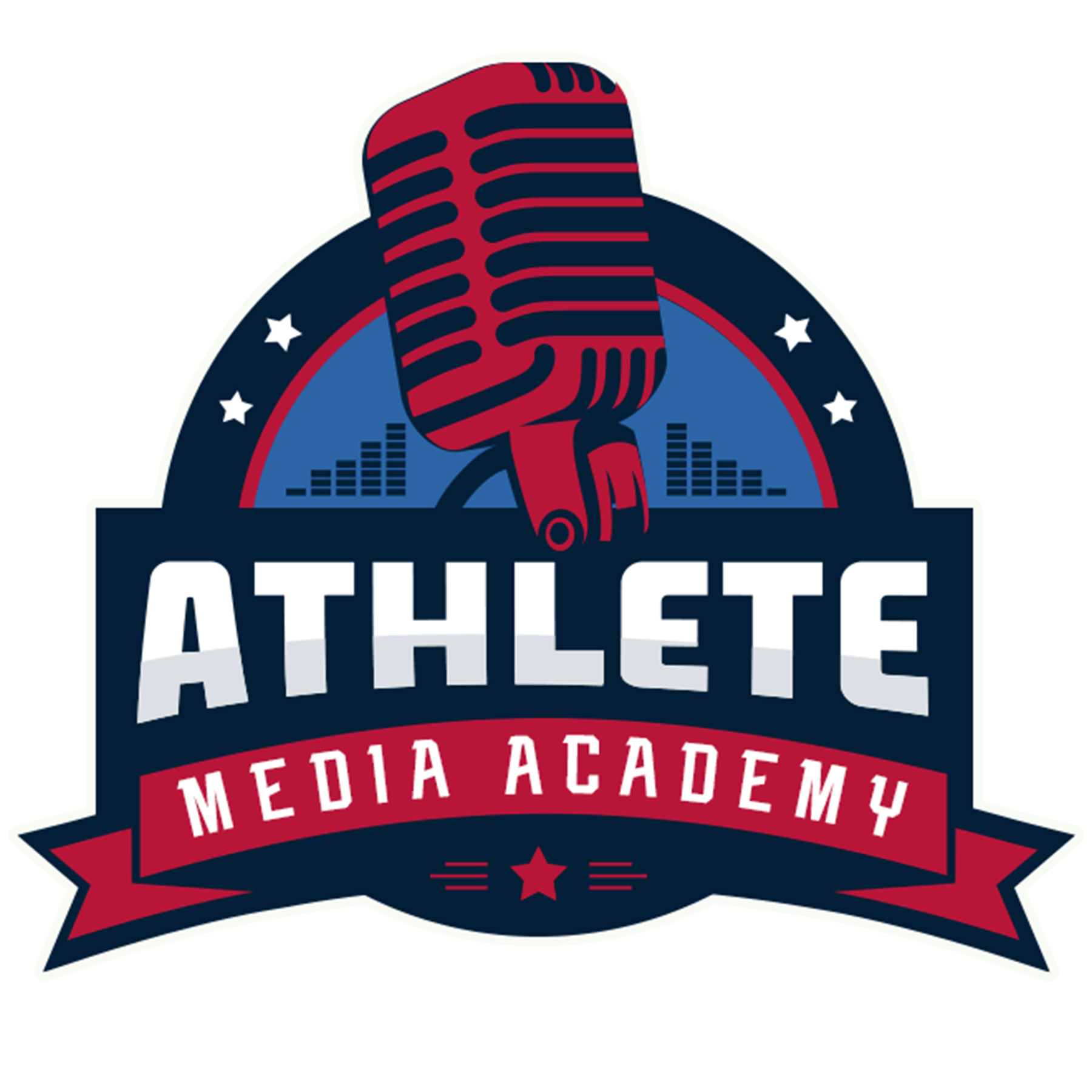Lesson 2: The Role of Social Media & Public Perception
Lesson Overview
Social media plays a powerful role in shaping an athlete’s public perception. While it offers opportunities to connect with fans, build a brand, and attract sponsorships, it also presents risks that can quickly escalate into reputation challenges. The way an athlete engages with social media and the broader media landscape directly impacts their credibility, marketability, and career longevity. This lesson explores how social media and media coverage influence reputation, the risks of mismanagement, and strategies for maintaining a positive public image.
Learning Objectives
By the end of this lesson, athletes will be able to:
✅ Understand the influence of social media and media coverage on public perception.
✅ Recognize the risks and opportunities associated with social media use.
✅ Develop best practices for engaging with social and traditional media.
✅ Proactively manage online interactions to protect their reputation.
Section 1: The Power of Social Media in Reputation Management
Social media allows athletes to control their narrative and engage directly with their audience, but it also amplifies mistakes.
✔️ Direct Fan Engagement: Athletes can build loyalty and credibility by interacting authentically with their audience.
✔️ Brand Building & Endorsements: A strong social media presence can attract sponsorship deals and partnership opportunities.
✔️ Instant Communication & Influence: Social media enables athletes to share their perspective without media gatekeepers.
✔️ Amplification of Mistakes: Negative or controversial posts can spread quickly, leading to reputation damage.
✔️ Public Accountability: Everything shared online becomes part of an athlete’s digital footprint and can be scrutinized.
🔹 Discussion: Can you think of an athlete who has effectively leveraged social media for positive brand-building? What strategies did they use?
Section 2: The Role of Traditional Media in Shaping Public Perception
While social media gives athletes direct control over their message, traditional media (news outlets, interviews, sports analysis) still plays a crucial role in reputation management.
✔️ Media Narratives: The way journalists frame stories about athletes influences public opinion.
✔️ Selective Coverage: Positive and negative stories gain traction based on what drives engagement and clicks.
✔️ Interview Impact: A well-handled interview enhances reputation, while a poorly managed one can create controversy.
✔️ Controversial Headlines: Sensationalism in media can exaggerate issues and shape audience perception.
✔️ Managing Media Relationships: Establishing good relationships with journalists can help ensure fair and accurate coverage.
🔹 Activity: Athletes analyze two different media stories about the same event and discuss how framing influenced public perception.
Section 3: Best Practices for Managing Social Media & Media Interactions
Athletes must be strategic in how they engage with media to protect and enhance their reputation.
✔️ Think Before Posting: Every post should align with long-term goals and brand image.
✔️ Engage Without Controversy: Avoid heated exchanges and impulsive reactions to criticism.
✔️ Control the Narrative: Use social media to reinforce personal values, share positive stories, and clarify misunderstandings.
✔️ Be Selective with Media Requests: Work with trusted journalists and media outlets that align with brand goals.
✔️ Monitor & Respond Wisely: Stay aware of what is being said online and address issues professionally when needed.
🔹 Exercise: Athletes draft a social media post that reinforces their brand values and aligns with professional goals.
Final Takeaways & Next Steps
✔️ Final Activity: Athletes review their last five social media posts and evaluate whether they align with their desired public perception.
✔️ Key Takeaway: Social media and media coverage are powerful tools—when managed wisely, they enhance reputation and opportunities.
✅ Next Steps:
- Audit your social media presence and adjust content to align with branding goals.
- Identify a media outlet or journalist you want to engage with for positive coverage.
- Develop a media engagement strategy to maintain control over your narrative.

